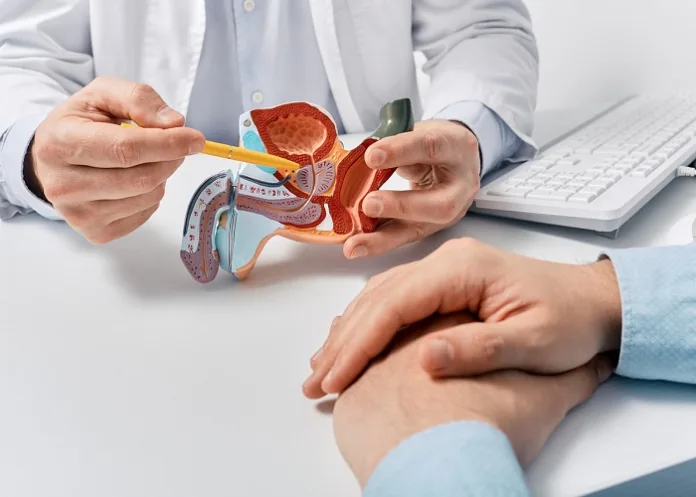There’s a dire shortage of urology specialists in South Africa, and thus, an urgent need for primary care physicians (PCPs) to be able to manage common urological pathologies, particularly in the public sector, write Jeff John, Ahmed Adam and Shingai Mutambirwa, in the South African Medical Journal.
They write:
Approximately 10% of all patient consultations in general practice are urological, with urology cases comprising 25% of acute hospital surgical referrals.
This demand is increasing and the pattern of disease is changing, especially in patients over 65.
Despite frequent patient encounters for the non-urologist, the current training platform for junior doctors, which includes a two-year internship and a year of community service, has highlighted significant areas of weakness in sub-specialities such as urology, otorhinolaryngology and ophthalmology.
This lack of exposure to clinical urology was further highlighted in a recent survey of 104 interns that showed urological exposure and training at internship level is below the standard at which it needs to be to produce proficient and competent doctors able to practise efficiently during community service and beyond.
It is therefore of paramount importance that primary care physicians (PCPs) are empowered to manage common urological pathologies, which is of particular importance in the public sector in this country.
According to the registry on the Health Professions Council of South Africa website, SA has 347 active urologists registered with the Council, which equates to a urologist-to-population ratio of only 0.56 per 100 000.
What is worse is that the 52m South Africans who fall outside the medical aid net – 84 out of every 100 – are largely dependent on just 50 full-time urologists in the public sector countrywide.
The situation in other parts of Africa is even more dire.
The College of Surgeons of East, Central and Southern Africa, which currently operates in 14 countries in the sub-Saharan region, and the West African College of Surgeons, have urologist-to-population ratios of 0.025 and 0.015 per 100 000, respectively.
To put these numbers in perspective, the USA has 13 976 urologists (4.21 per 100 000 population).
For these reasons, urologists should seek to engage and empower family practitioners and PCPs to help shoulder our burden.
The imminent National Health Insurance, which aims to provide equitable access to healthcare, is in response to the global call for universal health coverage.
Family practitioners and PCPs will be at the forefront in delivering high-quality, cost-effective care more rapidly and closer to home, offering patients considerable advantages, and with strong, appropriate referral management and community-orientated approaches to case management and prevention, may reduce the burden for specialists.
The urology pathways in this edition of the SA Medical Journal, which are in line with international and national guidelines, are easy to follow, and, except for a small number of advanced imaging requirements, can be implemented at all levels of care.
They provide insights into the decision-making processes for the management of some common urological presentations, including visible and non-visible haematuria, acute urinary retention, male lower urinary tract symptoms, female urinary incontinence, male urethral discharge, acute scrotal pain, and an approach to elevated prostate-specific antigen detected during screening.
Although various guidelines and guideline overviews have been published in an SA urology context, these are by far the most practical.
They received a national endorsement from the South African Urology Association.
We hope that they will be implemented across emergency departments and primary referral centres.
Jeff John – Division of Urology, Department of Surgery, Frere Hospital and Faculty of Medicine and Health Sciences, Walter Sisulu University, East London; Division of Urology, Department of Surgery, Faculty of Health Sciences, University of Cape Town.
Ahmed Adam – Division of Urology, Department of Surgery, Faculty of Health Sciences, University of the Witwatersrand, Johannesburg; Academic Co-Chair, South African Urology Association.
Shingai Mutambirwa – Division of Urology, School of Medicine, Sefako Makgatho Health Sciences University, Pretoria; Co-Chair, South African Urology Association.
See more from MedicalBrief archives:
Africa’s medical specialist shortage at critical point – experts
KZN faces yet another health crisis – now urology
Flawed Critical Skills List excludes medical specialists

